The Sazerac, a sophisticated rye-based drink out of New Orleans that has been charming cocktail drinkers for centuries.

Table of Contents
Few cocktails deserve the label “legendary” but the Sazerac is not like most cocktails. It originates from 19-century New Orleans, Louisiana, which already makes it a pretty cool beverage in my books. It matches its rich history with a rich taste, comprising rye (i.e., Canadian whisky), sugar, Peychaud’s bitters, a splash of absinthe, and a twist of lemon peel for garnish.
The Sazerac can be compared to other whiskey-based cocktails like the Old Fashioned, Manhattan, and Whiskey Sour, but what gives it that NOLA charm is the use of Peychaud’s bitters, which comes from New Orleans, to bring a certain depth and warmth. Absinthe, meanwhile, adds a hint of licorice. The drink is as varied as the city that created it, rich in taste and history; it brings together some of the best flavors the world of mixology has to offer.
INGREDIENTS
Though absinthe was considered an hallucinogenic and was therefore, banned, it is now merely a highly alcoholic spirit and should be available at most decent liquor stores.
- 2 oz rye whiskey
- 1 sugar cube
- 3 dashes Peychaud’s bitters
- absinthe (for rinsing the glass)
- lemon peel (for garnish)
- ice cubes
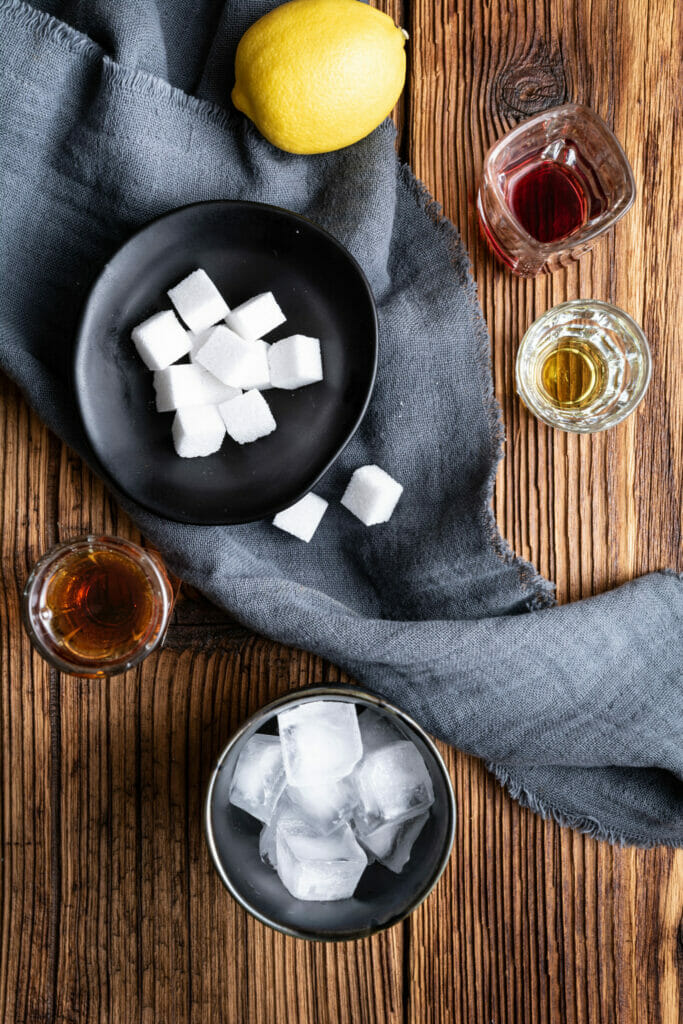
UTENSILS NEEDED
To prepare this Sazerac, you will need:
- An old-fashioned glass – also known as a rocks glass)
- A mixing glass – you can also use a the bottom part of a cocktail shaker if you prefer
- A bar spoon – for stirring the mixture
- A muddler – to crush the sugar cube with the bitters
- A jigger or measuring tool – to measure the ingredients
- A strainer – to strain the mixture into the old-fashioned glass
INSTRUCTIONS
Rinse
Take an old-fashioned glass and rinse it with absinthe, swirling it to coat the inside of the glass. Discard any excess absinthe.
Muddle
Muddle the sugar cube with Peychaud’s bitters until the sugar is dissolved. Add the rye and a handful of ice cubes to the mixing glass.
Stir
Stir gently for about 30 seconds to combine and chill the ingredients.
Strain
Strain the mixture from the mixing glass into your glass. Twist a lemon peel over the drink, then drop it into the glass for garnish.
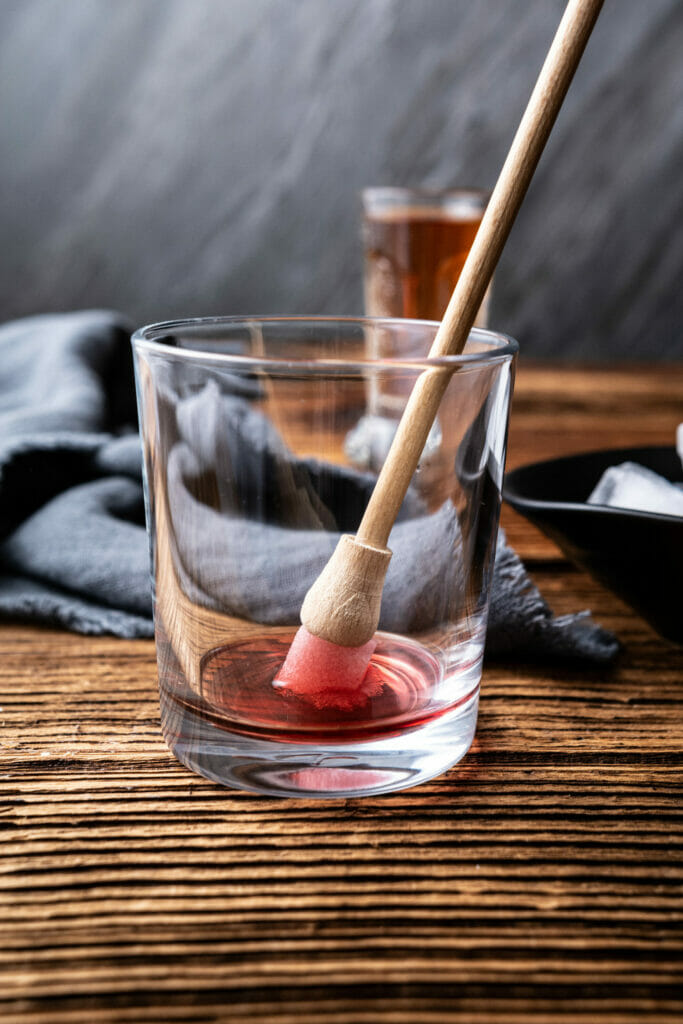
Tips and Tricks
Chill Your Glassware: It helps keep the drink optimal temperature and I love how the condensation that occurs on the glass’s surface adds a touch of sophistication and coolness (both literally and figuratively”).
Quality Ingredients: The rye possesses a certain spiciness that will complement the other ingredients. Also, be sure you use the genuine article — Peychaud’s bitters — for authenticity. If you want to make a Sazerac as it was intended to be made, you need the Peychaud’s.
Master the Absinthe Rinse: Yes, you can use too much absinthe despite only using it as a rinse. Give it a swirl — enough to coat the inside of the glass — then discard what remains.
Crush the Sugar Cube Thoroughly: Don’t rush this process. The sugar cube must dissolve completely in the bitters before you can move on to the next step.
FAQs
A typical Sazerac Cocktail contains 150-200 calories, thanks to the rye (as the main ingredient) and, of course, the sugar.
The Sazerac is to be sipped and enjoyed slowly. There are a lot of flavors in this cocktail so you don’t want to chug it back and miss out on all the subtlety of its ingredients.
Rye is the traditional choice for a Sazerac but if you’d like, you can try other whiskeys, with bourbon a popular replacement.
Peychaud’s bitters is an intrinsic part of a Sazerac, having been formulated in New Orleans. You can, however, experiment with other types of bitters (Angostura being one of the most popular varieties) and see how you like it.

Creative Variations of the Sazerac Cocktail
The Bourbon Sazerac: This popular version swaps rye whiskey for bourbon, robust, and full-bodied sweetness.
The Cognac Sazerac: An original variant that uses cognac as the main spirit instead of the usual rye whiskey, smoother and richer.
The Rum Sazerac: A tropical spin that uses dark rum for the main spirit, lending a delightful sweetness and depth to the cocktail.
The Scotch Sazerac: A bold version that uses peaty Scotch whisky (like Caol Ila).
The Manhattan: The classic variant uses whisky (often rye), sweet vermouth, and bitters, robust and warming.
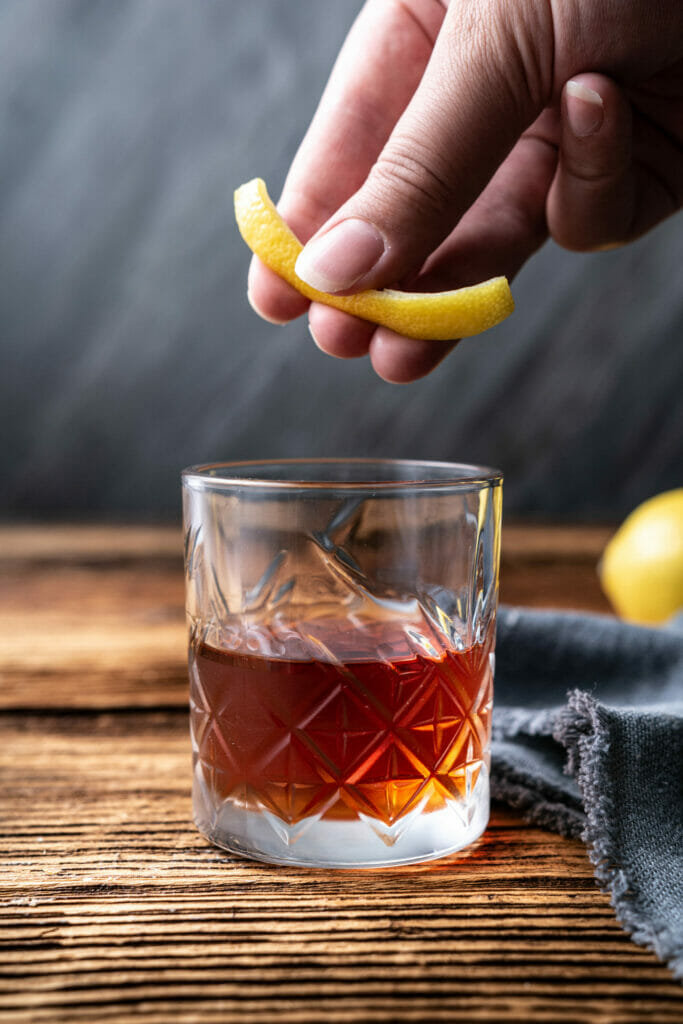
Storing and Making Ahead Your Sazerac Cocktail
You can pre-mix the rye, sugar, and Peychaud’s bitters in a sealed jar or container and store it in the refrigerator for up to 2-3 days. This not only saves you time on the day you plan to drink but will also let the flavors meld together.
The Sazerac, like most cocktails, should not be stored for the long term. Its low acidity means its shelf life is limited so it’s best to enjoy this one within a few days of making it.

Ingredients
- 2 oz rye whisky
- 1 sugar cube
- 3 dashes Peychaud’s bitters
- absinthe for rinsing the glass
- lemon peel for garnish
- ice cubes
Instructions
- Take an old-fashioned glass and rinse it with absinthe, swirling it to coat the inside of the glass. Discard any excess absinthe.

- Muddle the sugar cube with Peychaud's bitters until the sugar is dissolved. Add the rye whisky and a handful of ice cubes to the mixing glass.

- Stir gently for about 30 seconds to combine and chill the ingredients.

- Strain the mixture from the mixing glass into your glass. Twist a lemon peel over the drink, then drop it into the glass for garnish.

Nutrition Info:
Recipes written and produced on Food Faith Fitness are for informational purposes only.


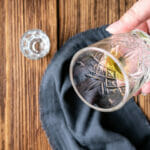



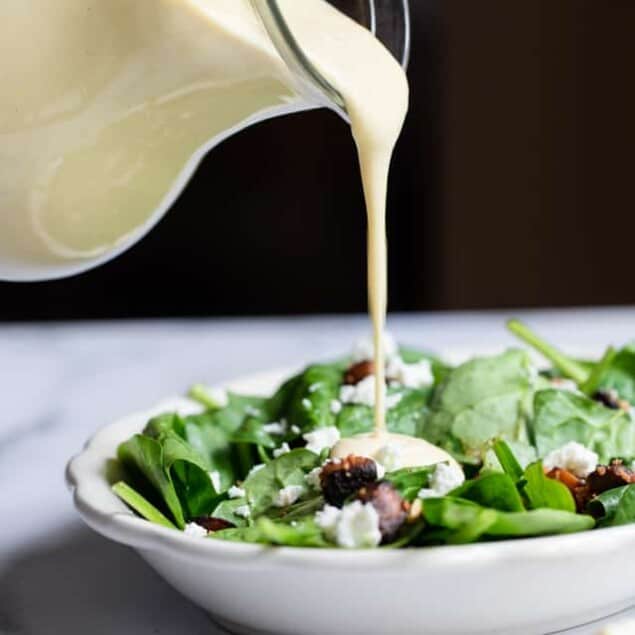
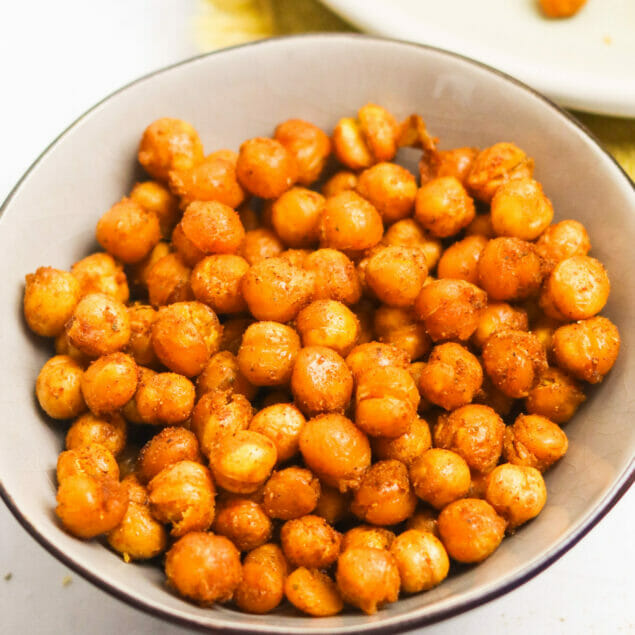

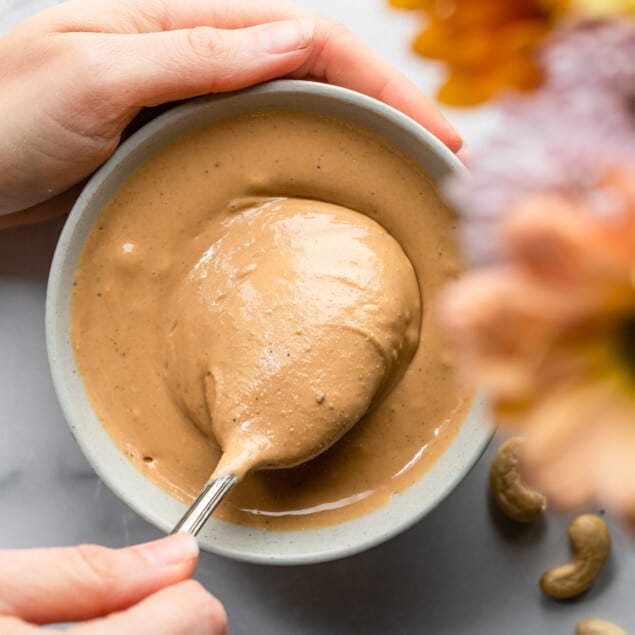


Leave a Comment